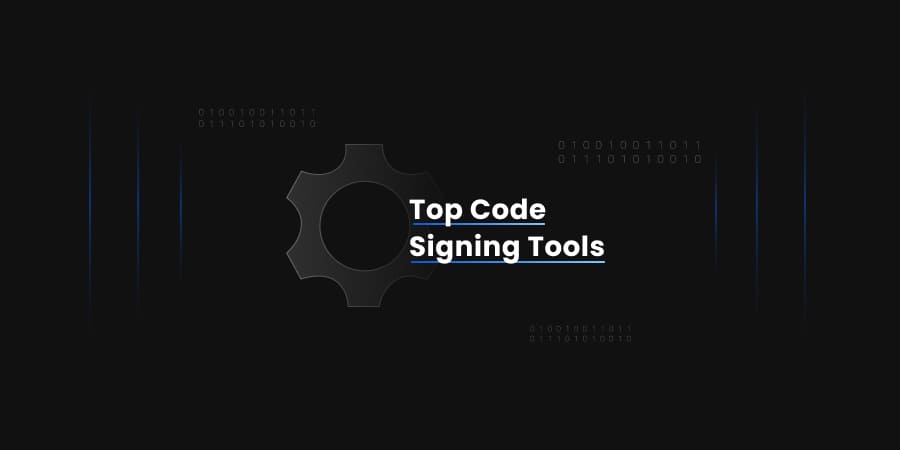The U.S. National Security Agency (NSA) has officially released the Commercial National Security Algorithm Suite 2.0 (CNSA 2.0). This isn’t just another policy update; it’s a serious shift in how we protect software, firmware, and systems against the coming wave of quantum computing threats.
If you’re in charge of software development, IT security, or compliance in a government, defense, or commercial environment, CNSA 2.0 should be on your radar. Let’s break down what it means, what’s changing, and how you can get ahead of it, without getting overwhelmed.
Why Is CNSA 2.0 So Important?
Quantum computing is advancing fast, and once it reaches a certain threshold, it could crack widely used encryption methods like RSA and ECC. That’s why the NSA has laid out a clear path to transition national security systems and their supporting technologies to quantum-resistant algorithms.
CNSA 2.0 introduces new cryptographic standards designed to withstand both classical and quantum attacks. The goal? Help organizations start the shift now, so they’re ready well before the deadline.
What’s in CNSA 2.0?
Here’s a quick overview of what’s changing:
1. Software and Firmware Signing
For the first time, CNSA 2.0 recommends specific quantum-safe algorithms just for signing software and firmware updates. These are already standardized, so you can begin using them today:
| Algorithm | What It’s For | Specification | Details |
|---|---|---|---|
| LMS (Leighton-Micali Signature) | Signing software and firmware | NIST SP 800-208 | SHA-256/192 preferred |
| XMSS (Xtended Merkle Signature Scheme) | Signing software and firmware | NIST SP 800-208 | All parameters approved |
These algorithms are stateful, meaning they require careful key tracking, but they’re great options for securing long-term software updates.
2. Symmetric-Key Cryptography
Not many changes here. The NSA just added SHA-512 to the approved list, giving a bit more flexibility:
| Algorithm | Use Case | Specification | Recommendation |
|---|---|---|---|
| AES | Data Encryption | FIPS PUB 197 | Use 256-bit keys |
| SHA | Hashing | FIPS PUB 180-4 | Use SHA-384 or SHA-512 |
3. Quantum-Resistant Public-Key Algorithms
These are still being finalized, but the NSA has named two frontrunners:
| Algorithm | Use Case | Details |
|---|---|---|
| CRYSTALS-Kyber | Key establishment | Use Level V parameters |
| CRYSTALS-Dilithium | Digital signatures | Use Level V parameters |
If you’re planning ahead, these are the algorithms to build into your systems.
CNSA 2.0 Timeline: When Do You Need to Act?
The full transition is expected to wrap up by 2035, but there are milestones along the way depending on what you’re managing:
-
Software & Firmware Signing
- Start now
- Use CNSA 2.0 by 2025
- Mandatory by 2030
-
Web Browsers, Cloud Services
- Begin supporting CNSA 2.0 by 2025
- Mandatory by 2033
-
Networking Equipment (VPNs, Routers)
- Support by 2026
- Mandatory by 2030
-
Operating Systems
- Support by 2027
- Mandatory by 2033
-
Niche Devices & Legacy Systems
- Update or replace by 2033
The sooner you start testing, the smoother your rollout will be.
Compliance & Enforcement: What to Expect
If you work with National Security Systems, you’ll need to show progress as part of your Risk Management Framework (RMF) assessments. The NSA will no longer accept just “FIPS validated” crypto for these environments; you need to use NSA-approved algorithms and configurations.
Audits will include:
- NIAP validations against protection profiles
- Reporting on signing algorithms and key management
- Verification of state tracking for LMS/XMSS
How CodeSign Secure Can Help?
Moving to CNSA 2.0 isn’t just about selecting the right algorithm. It’s about building an end-to-end code signing strategy that protects keys, automates workflows, enforces policy, and ensures compliance. That’s exactly what CodeSign Secure was built for.
Here’s how CodeSign Secure supports CNSA 2.0:
- LMS & XMSS-Ready: Already supports the post-quantum signature schemes required for software and firmware signing.
- HSM-Backed Key Protection: Your private keys stay protected inside FIPS 140-2 Level 3 HSMs, ensuring no exposure.
- State Tracking Built-In: Automatically manages state for LMS and XMSS to ensure every signature is compliant.
- DevOps Friendly: Integrates natively with Jenkins, GitHub Actions, Azure DevOps, and more.
- Policy-Driven Security: Use RBAC, multi-approver (M of N) sign-offs, and custom security policies to control every aspect of your code signing.
- Audit-Ready Logging: Get full visibility into every signing operation for easy reporting and compliance.
Whether you’re signing software for Windows, Linux, macOS, Docker, IoT devices, or cloud platforms, CodeSign Secure is ready to help you transition safely and efficiently.
Conclusion
CNSA 2.0 is here, and it’s more than a recommendation; it’s a roadmap to enhance your security measures. If you’re involved in software development, infrastructure, or compliance, now’s the time to start planning.
With CodeSign Secure, you get the tools and automation you need to:
- Start signing with CNSA 2.0-compliant algorithms
- Protect your keys and enforce strict policies
- Stay ahead of deadlines without slowing down development
Want to see how it works?
Reach out to us at info@encryptionconsulting.com to schedule a demo or learn more about how CodeSign Secure can help you stay compliant and secure.




